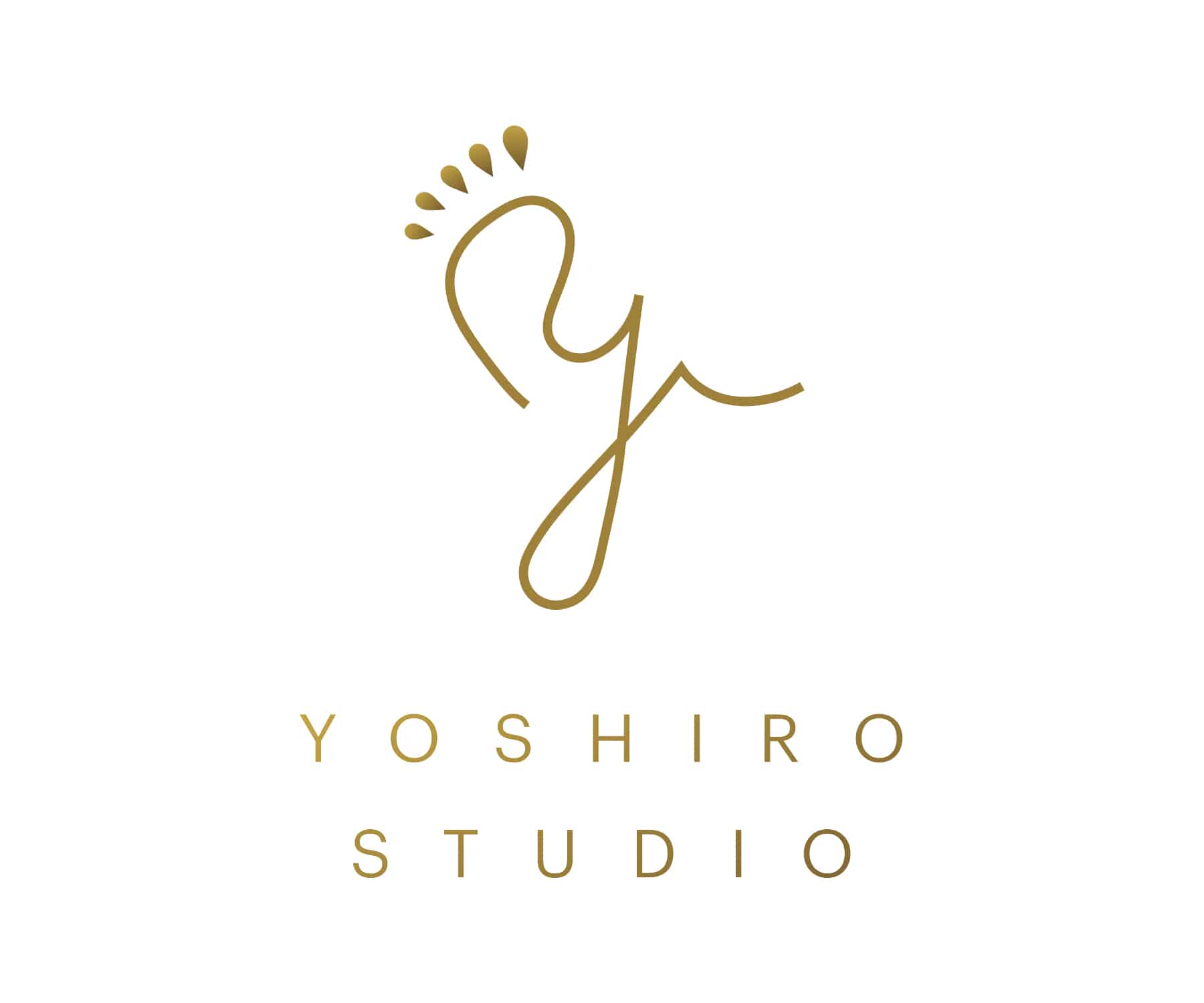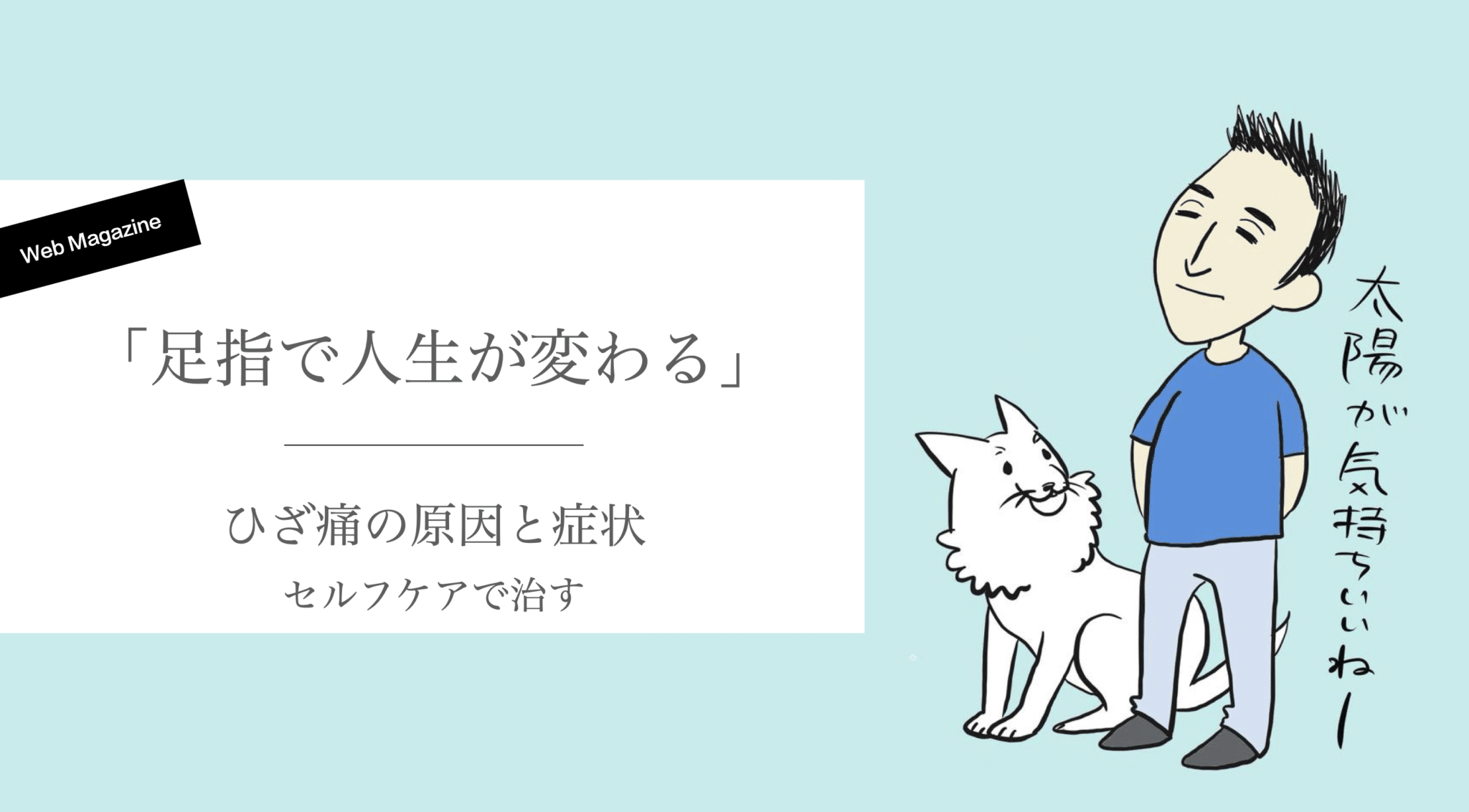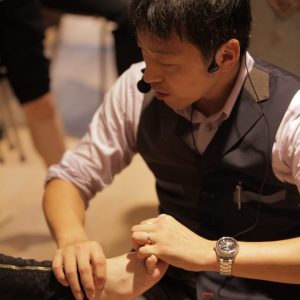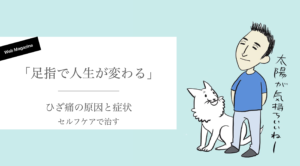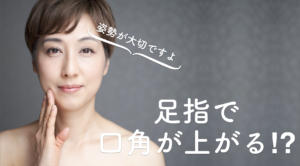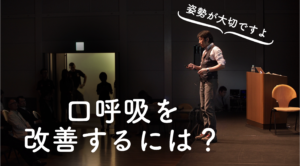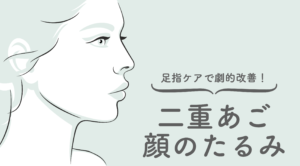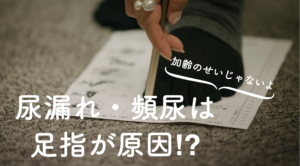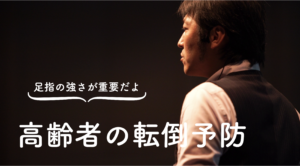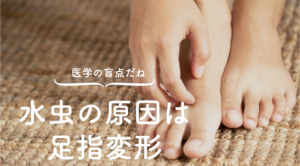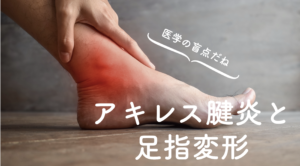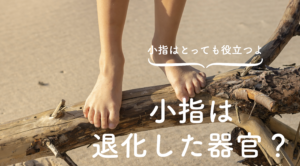Commentary by a toe doctor
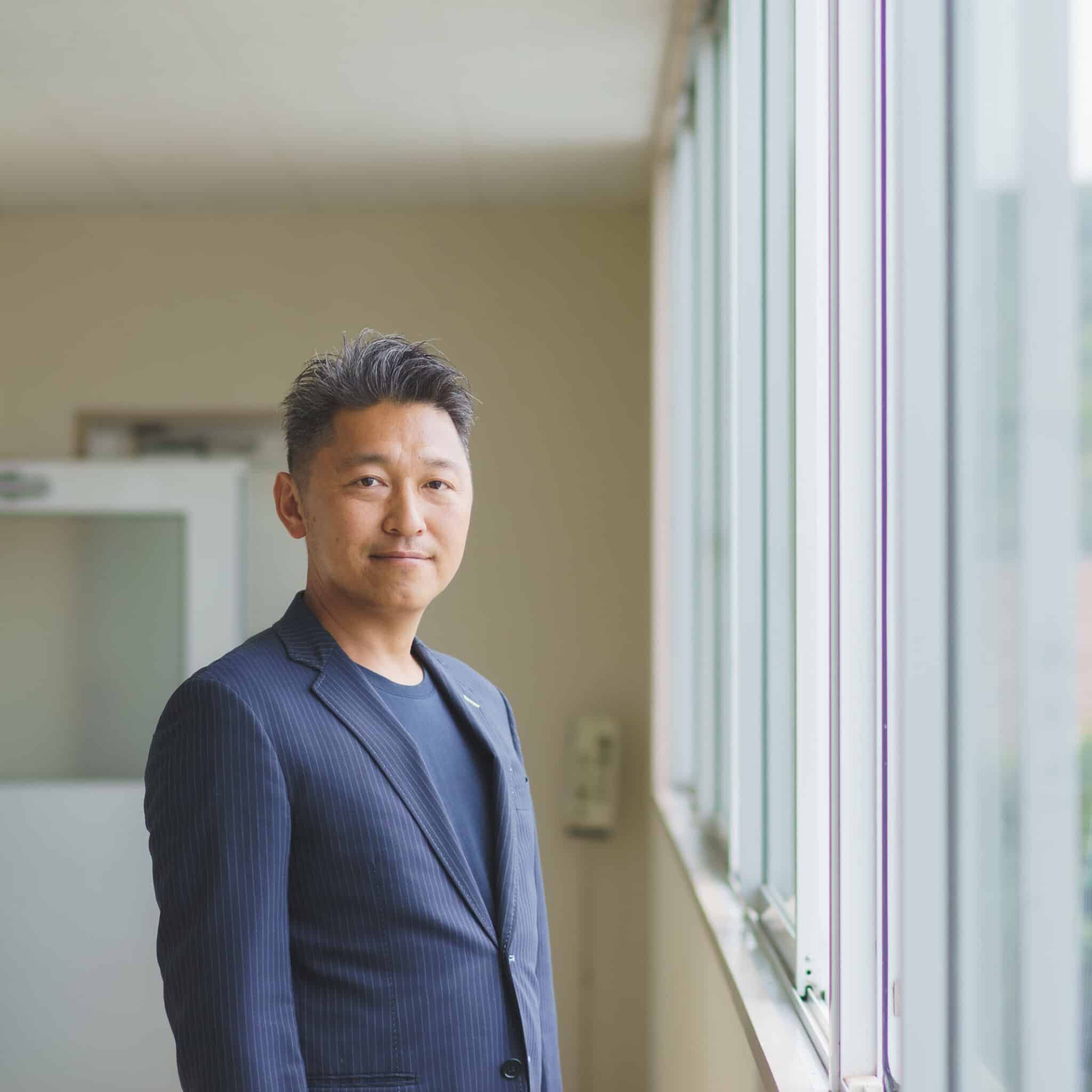
YOSHIRO YUASA
Keiro Yuasa
Dr. Toe, Director of Toe Research Institute, President of Japanese Society of Functional Foot and Toe Therapy, and developer of Halmek shoes. Former director, vice president, and medical director of General Hospital. He specializes in exercise physiology and anatomy. He is also a foot and shoe specialist and a leading expert in postural occlusion therapy. He has cured various orthopedic diseases (over 70,000 people) with toe therapy alone.
It was proven in 2012 that cartilage wear and tear in the knee has nothing to do with pain.
Knee pain is not caused by "aging," "weight," or "muscle weakness.
In general medicine, knee pain is easily diagnosed as osteoarthritis of the knee.
・Treatment of knee pain does not require diet, medication, rehabilitation, surgery, or regenerative medicine
Osteoarthritis does not cause knee pain.
Knee pain can be caused by a variety of factors, including the type of shoes, how they are worn, and the type of socks.
summary
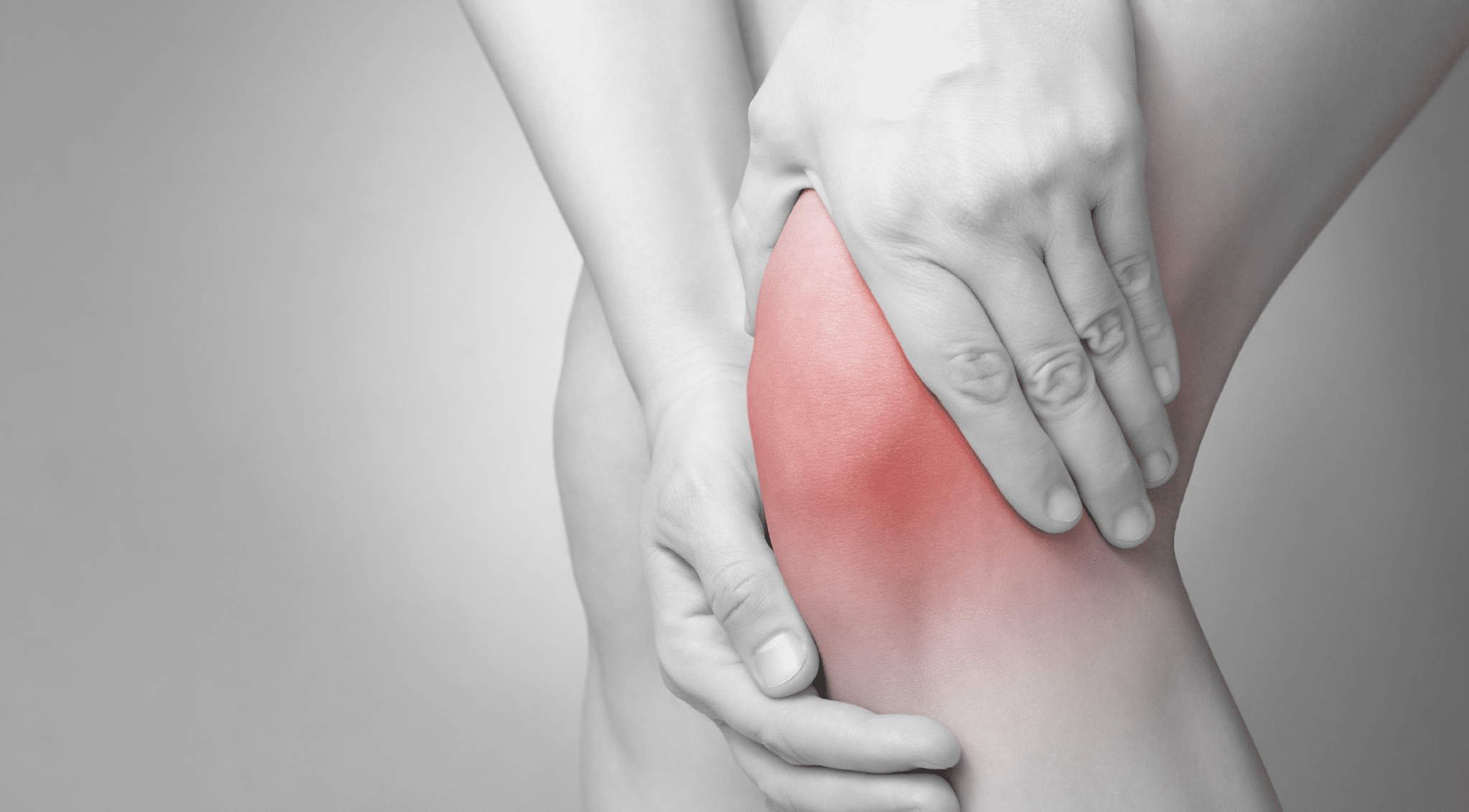
The older we get, the more we ache here and there, the slower we walk, and the more our knees and hips bend. Many of these symptoms have been attributed to "age," "weight gain," or "muscle weakness. In fact, the mechanism of knee pain has not been elucidated even by modern medicine. Therefore,Hospitals mainly provide coping therapy treatment to temporarily alleviate pain with painkillers, painkiller injections, and compressesIt is.
I have been working to elucidate the pathology of knee pain, which affects 25 million people in Japan, as well as conducting research for the early detection, treatment, and prevention of musculoskeletal disorders that have a significant relationship with overall health. I have found that toes, socks, and shoes are the cause of pain.
A medical research team from Boston University in the United States (Osteoarthritis Framingham Study) conducted a study to evaluate structural lesions in the knee due to osteoarthritis of the knee by MRI examination. The subjects were residents 50 years of age or older who had no osteoarthritis of the knee on x-ray and who underwent an MRI scan of the knee.
Subjects
. 710 people were surveyed between 2002 and 2005.
. 393 women (55%)
660 (93%) Caucasians
206 (29%) had knee pain within 1 month
Average age is 62.3 years old
Average BMI is 27.9 kg/m2
Result
. 89% (631/710) had some kind of abnormality
Bone spurs (74%, 524/710 patients)
Cartilage injuries (69%, 492/710)
Bone marrow lesions (52%, 371/710)
Prevalence of abnormal findings increases with age
No significant difference in frequency of abnormal findings by body weight
Men have a higher frequency of meniscus and ligamentous disorders than women.
[Frequency of abnormal findings by presence of knee pain
Knee pain group: 91%.
No knee pain group was also 88%.
(No significant difference between the two groups)
Some people without knee pain have knee joint lesions. In other words, it has been proven that although some abnormality is found in the knee with aging, it is "not related to pain.
Original Papers
Guermazi A et al. Prevalence of abnormalities in knees detected by MRI in adults without knee osteoarthritis: a population based observational study ( Framingham Osteoarthritis Study). BMJ. 2012 Aug 29;345:e5339. doi: 10.1136/bmj.e5339.
Osteoarthritis of the knee is a common name given to the disease based on imaging abnormalities by x-ray or MRI. In fact, there is a major problem here. It is,Abnormalities that appear on examination are not necessarily the cause of the pain.That is to say.
For example, suppose you visit a hospital for knee pain. If you are diagnosed with osteoarthritis of the knee and the pain does not go away, surgery is the last resort. However, even if the abnormal part is removed by surgery, it does not necessarily mean that the pain will go away.Many people complain of the same pain after surgery as before.The first is the
Some people do not complain of pain at all, even though X-ray or MRI imaging shows abnormalities such as cartilage wear and tear.
Conversely, many people complain of pain even when their images are perfectly normal.
This means that the name of the disease on the image does not always correspond to the cause of the pain. You can see how modern orthopedic treatment is full of contradictions.
The reason why this is happening in hospitals and clinics is that most doctors are only able to deal with "abnormalities visible on X-rays. This is the reason why knee pain is not cured because doctors simply give a "disease" name such as "osteoarthritis of the knee" after looking at MRI images of the knee joint. The reason for this is that medical science does not yet know the cause of knee pain and, therefore, has not accepted that there is no correct treatment.
If the cause of knee pain is cartilage wear and tear and deformity to begin with, then the pain will not get better unless it is cured. In other words, there is no cure other than surgery.
However, even if the cartilage in the knee remains worn out, toe therapy often improves knee pain. In other words, if the toes are functional, even if the cartilage in the knee is worn away, it will not hurt. The idea that this is the direct cause of the pain does not hold true because the pain gets better even if the cartilage in the knee is still worn away.
symptoms
Because the most common symptom of osteoarthritis of the knee is listed as "knee pain," hospitals should begin with the first suspicion of osteoarthritis of the knee when the knee hurts. Common osteoarthritis of the knee symptoms include
interpoint (interword separation)pain: Pain may occur when moving. Sitting still may cause knee pain.
interpoint (interword separation)stiffness: The knees may stiffen first thing in the morning or after sitting for long periods of time.
interpoint (interword separation)immovable: Over time, the knee may lose the ability to fully bend and extend.
interpoint (interword separation)creak: You may hear crackling noises or feel a rumbling sensation.
Unstablenature (of a person): the knee may "buckle" or bend.
interpoint (interword separation)locking: The knee may lock or stick.
interpoint (interword separation)swellingSwelling may occur over the entire knee or on one side of the knee.
When we have knee pain, we tend to think that the problem is in the knee, but in most cases, the cause of knee joint pain is also not in that location, but far away. So treating only the worse part of the problem will not make it better. If the root of the problem is overlooked and painkillers and other medications are prescribed, it will only get worse.
Causes and pathogenesis
arisorrhea
The most common cause of knee pain is cartilage wear and tear due to osteoarthritis of the knee. Nearly everyone will suffer from some degree of osteoarthritis. However, the following factors do not increase the risk of developing knee pain
Obesity (7 times more likely to develop)
I have a job or play a sport that puts a lot of stress on my knees.
Abnormal alignment of joints (e.g., eversion/inversion of foot)
Knee injury or old knee injury
Family History
Metabolic disorders (e.g., rickets)
So if cartilage wear and tear has nothing to do with knee pain, what is the cause of knee pain? As I mentioned earlier,Toe deformities (hallux valgus, big toe, big toe, crooked toe, floating toe) are largely related.Standing and walking are extremely routine and basic movements. If the "toes," which support the balance of the foot, are not in use, muscles will not be where they should be, which may in turn cause knee pain. Lack of support in the little toe can lead to sprains, and can also cause knee and back pain.
Knee pain is a symptom of a mixture of toe deformity and inflammation of the muscles around the knee due to dysfunction of the sacroiliac joint. I will discuss the sacroiliac joints in another chapter. What I have found in my clinical practice so far is that the cause of knee pain varies depending on the location of the pain. It is not that difficult.
Pain in the front of the knee → Inflammation of the muscle tendon in the front of the knee → Bending finger
Pain behind the knee → Inflammation of muscle tendons behind the knee → Bending and floating fingers
Pain on the outside of the knee → Inflammation of the muscles on the outside of the knee → Hallux valgus
Pain on the inside of the knee → Inflammation of the muscles inside the knee → Inflammation of the inner toe of the knee
Also,Wearing shoes with hard soles, shoes with inadequate heel support (shallow or soft heel counter), using insoles that support the archIn some cases, the foot may fall outward, causing the inner knee muscles to become inflamed and placing a heavy load on the meniscus, which can lead to knee pain.
mechanism
When you stand on your head, how do you shape your hands? You spread your palms wide and straighten your fingers. The center of gravity, which is constantly moving, is adjusted using the toes to keep the upper body balanced. If the fingers of your hands are bent or closed, it is difficult to stand on your head without losing balance or putting considerable effort into your arms.
It is easier to understand if we replace hands with "feet". The wrist is to the ankle, the elbow is to the knee, and the shoulder is to the hip. When the toes are well open and extended, a person can stand straight and balanced. Unfortunately, however, most people have deformed toes due to wrong shoe selection and wearing style, sock type and material, etc., and the foundation is not in place.
Still, they can walk or run by balancing their upper body while exerting undue force on their knees and hips. However, because too much force is applied, the burden is placed on the muscles surrounding the knee, causing inflammation (i.e., pain). Given this, don't you think that it is the foundation that needs to be supported rather than the painful area?
Each toe has its own role.
Thumb: Re-center if center of gravity rides too far inward
Pinky finger: re-center when center of gravity rides too far to the outside.
Index to ring finger: Re-center when center of gravity rides too far forward.
Have you ever heard of "gaiting"? It is a way of walking that we usually do without thinking about it. There are four steps to gait.
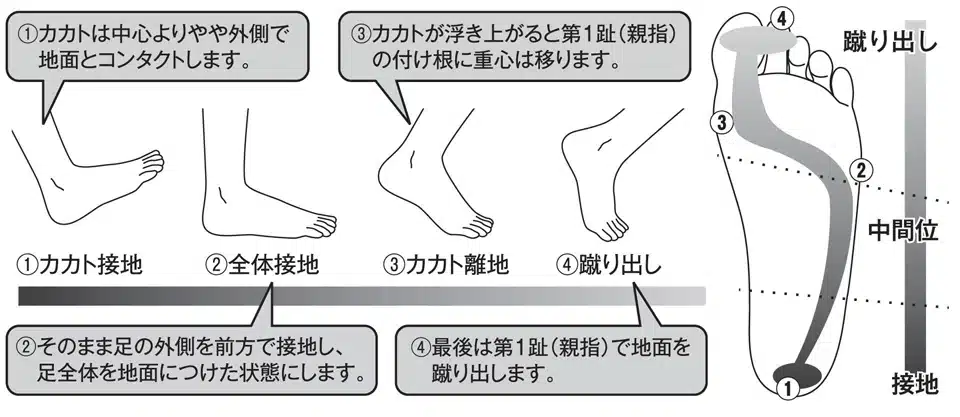
(1) Heel landing
(2) Weight shift toward the base of the little finger
(3) Weight shift in the direction of the ring to index finger
(4) Shift your weight to your thumb and kick off the ground.
1. Mechanism of pain on the inside of the knee
What happens if the little finger is not used in this process? The foot lands on the heel and the weight shifts toward the little toe, but since the little toe cannot return the weight to the center, the foot falls outward. This is called "outward turning. As you can see when you walk with your foot outward, the knee becomes bent over like an O-leg.
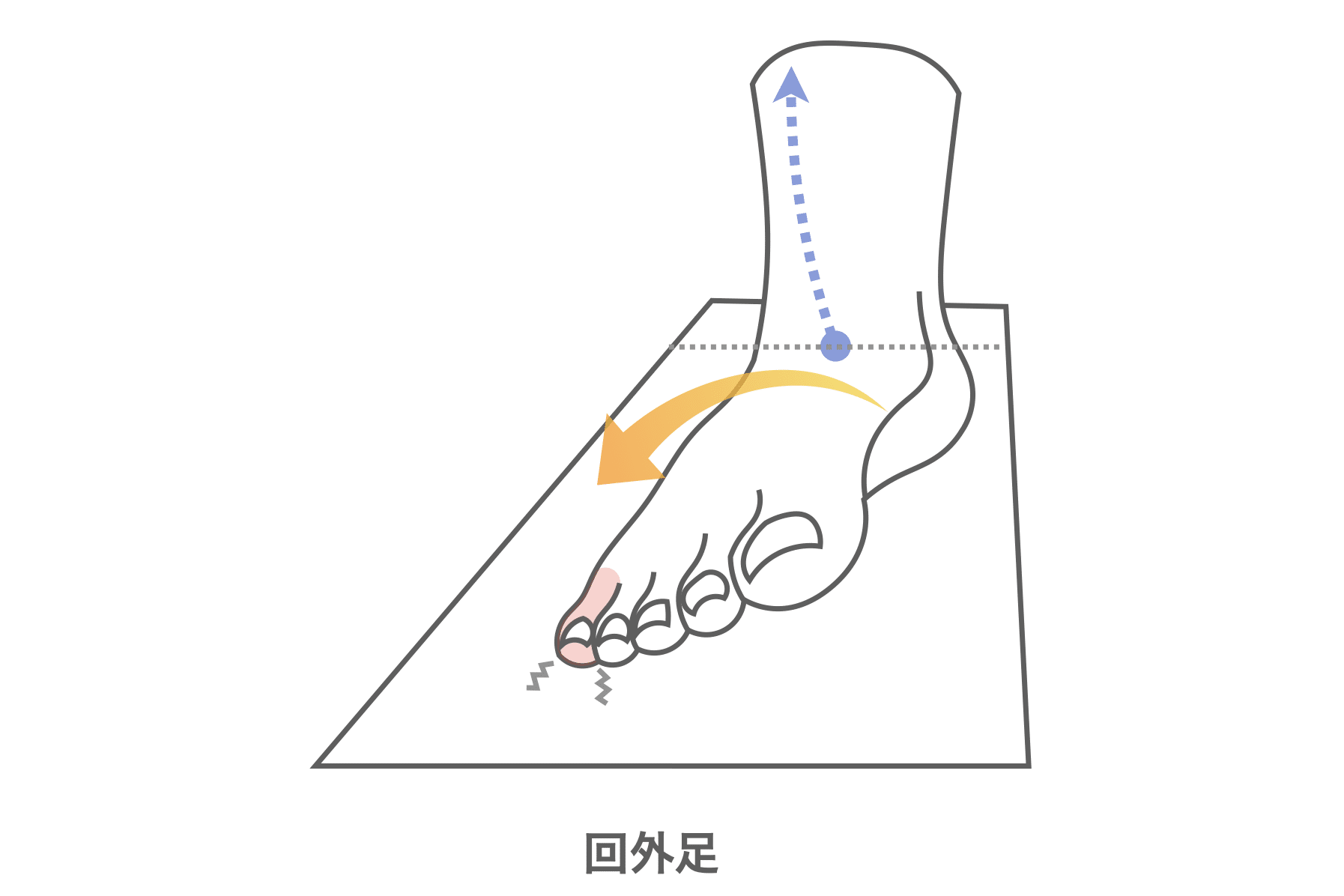
Knee pain is caused by "toe deformity". Look at the illustration above. You can see that as osteoarthritis of the knee becomes more severe, the lower leg bone (the bone below the knee) collapses outward. As the lower leg bone collapses outward, the femur also collapses outward, so preventing the lower leg bone from collapsing outward is the key to reducing the progression of osteoarthritis of the knee. In this case, the person has an O-leg, which causes pain on the inside of the knee.
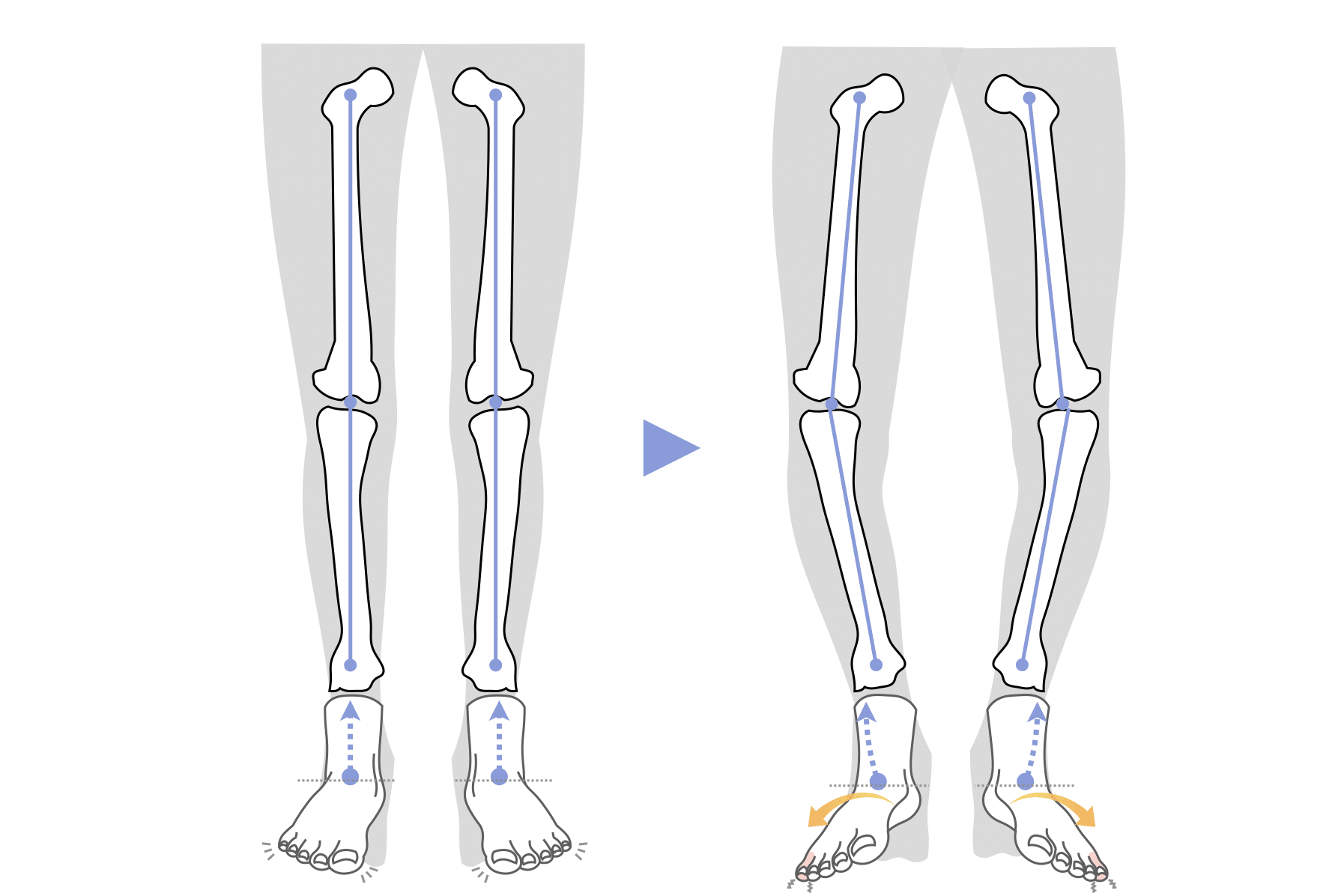
When the knee is in an O-leg position, the knee is turned out, but because of homeostasis, the "force that tries to undo the damage," the muscles inside the knee overwork to straighten the leg. When this condition continues for a long time and over a long period of time, the inner knee muscles become inflamed and pain occurs. Since it is just overuse, just like muscle pain, the pain will naturally go away in about two weeks if you are using your toes correctly.
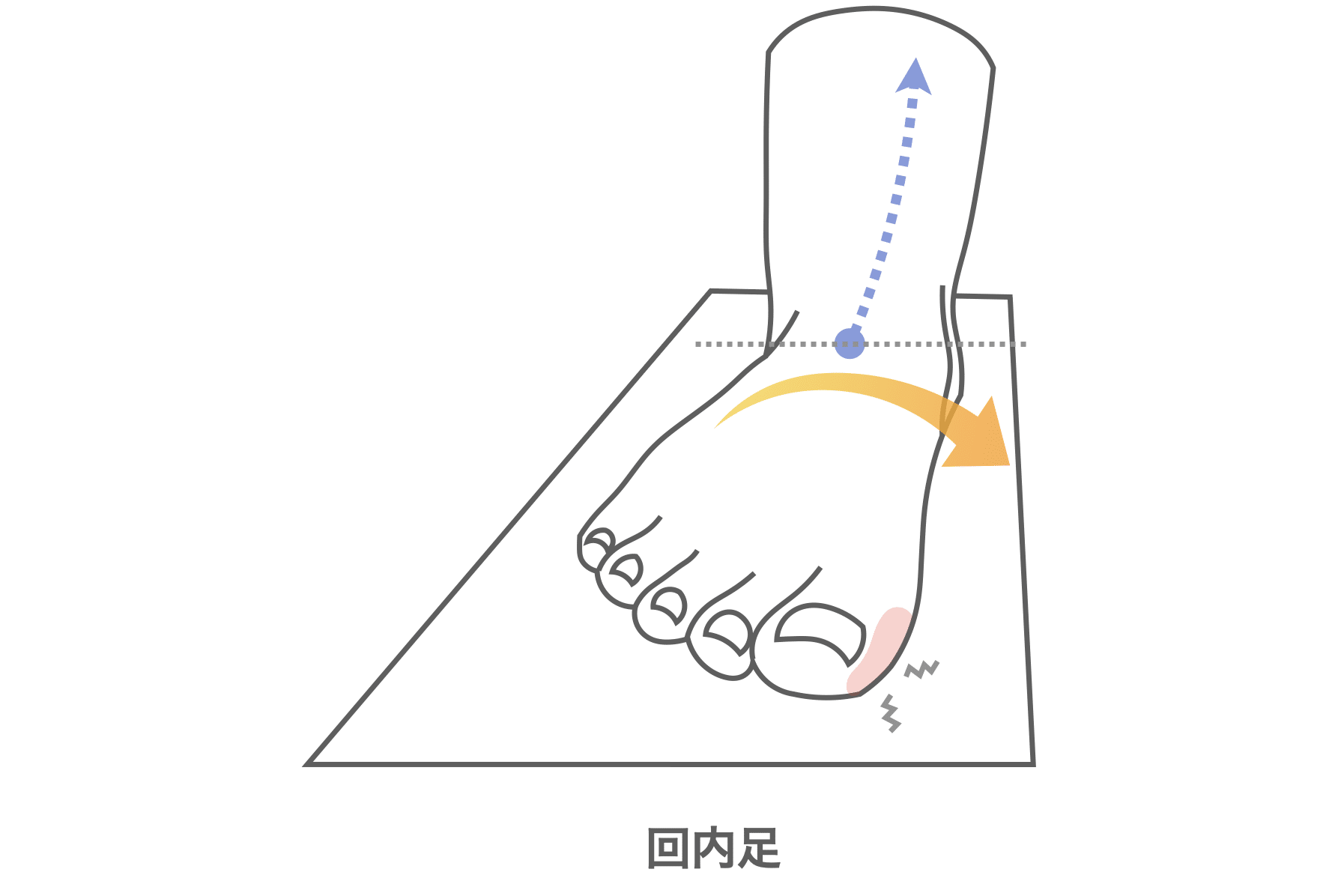
2. Mechanism of pain on the outside of the knee
So what about the opposite case? If the thumb is dysfunctional or deformed, you will land on your heel, shift your weight toward your little finger, and then shift your weight toward your thumb. However, since the thumb cannot bring the weight back to the center, the foot will kick the ground while falling inward as it is. This is called the "club foot. As you can see when you walk with your foot inward, the knee closes and you end up with an X-shaped leg.
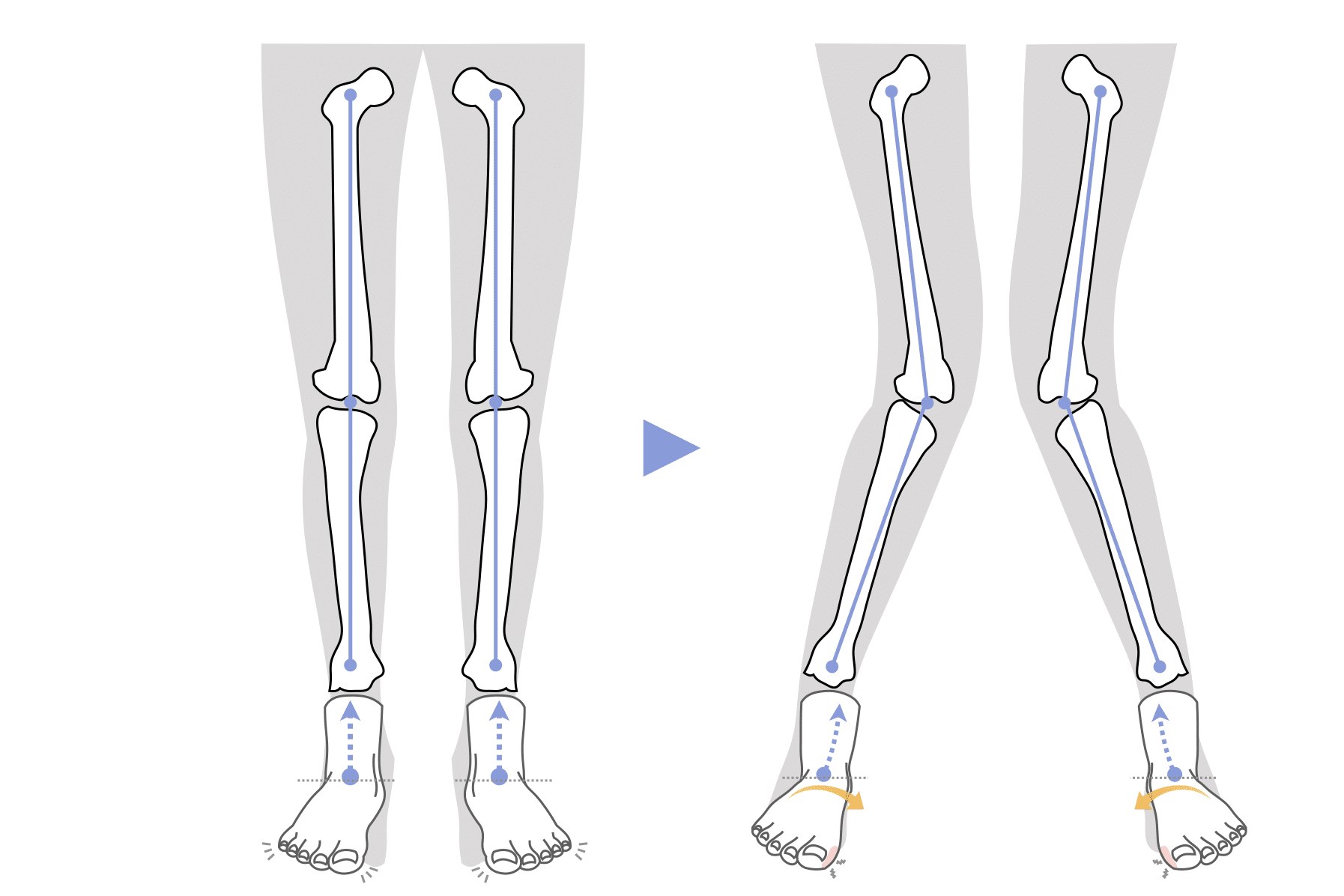
In an X-knee, the knee closes, but because of homeostasis, the "undoing force," the muscles on the outside of the knee work excessively to try to straighten the leg. When this condition continues for a long time and over a long period of time, inflammation of the muscles on the outside of the knee occurs, causing pain. This is just another muscle overuse, so just like muscle pain, the pain will naturally go away in about two weeks if you are using your toes correctly.
3. Mechanism of pain in front of the knee
Finally, what happens in the case of a bent or floating finger?
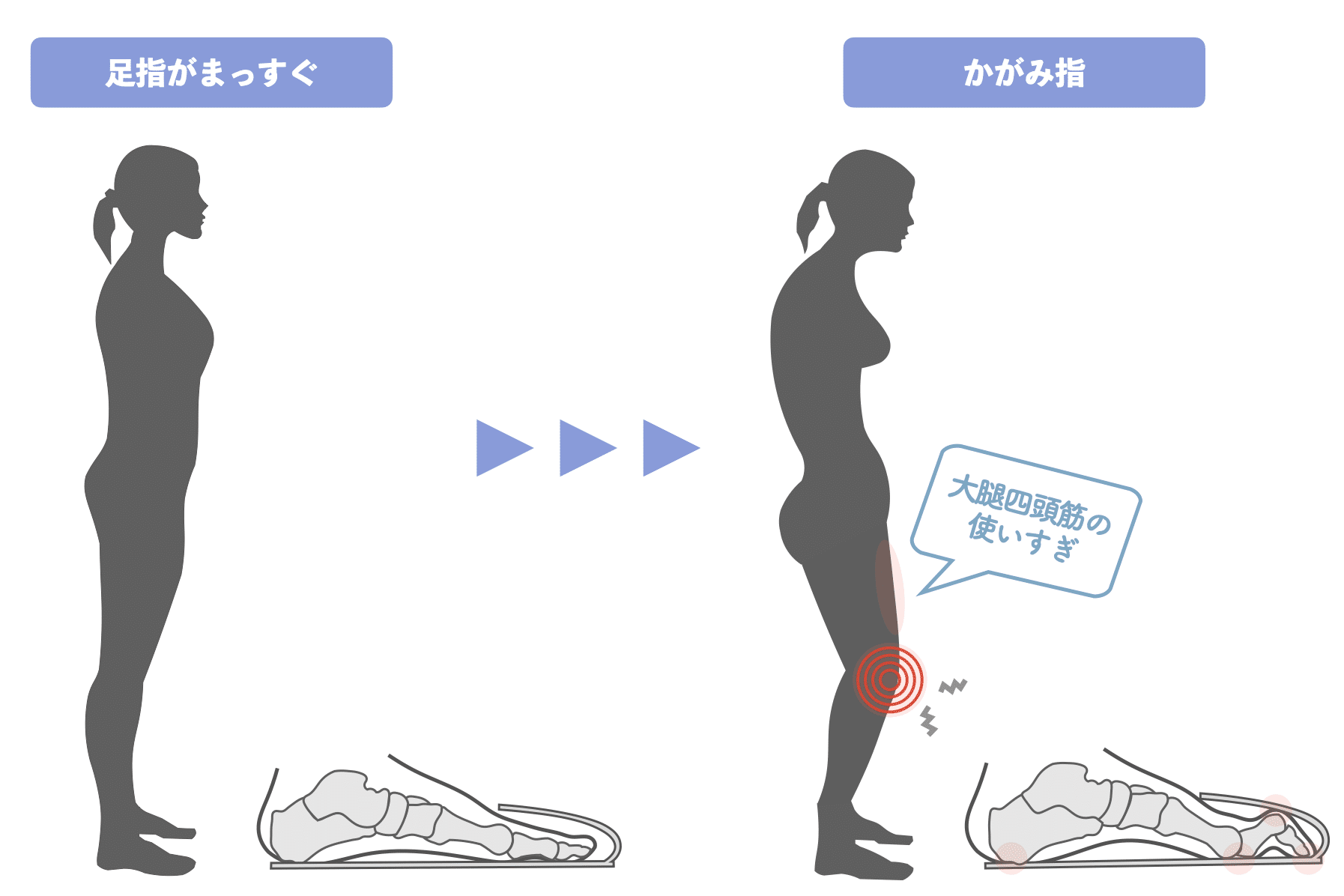
In the case of clenched toes, the knee bends unconsciously because the brake is always applied when walking. Also, because of the heel center of gravity, the knees are bent in an attempt to maintain balance. This forced posture causes overuse of the thigh muscles called quadriceps. This is also due to the homeostatic mechanism that tries to straighten the bent knee.
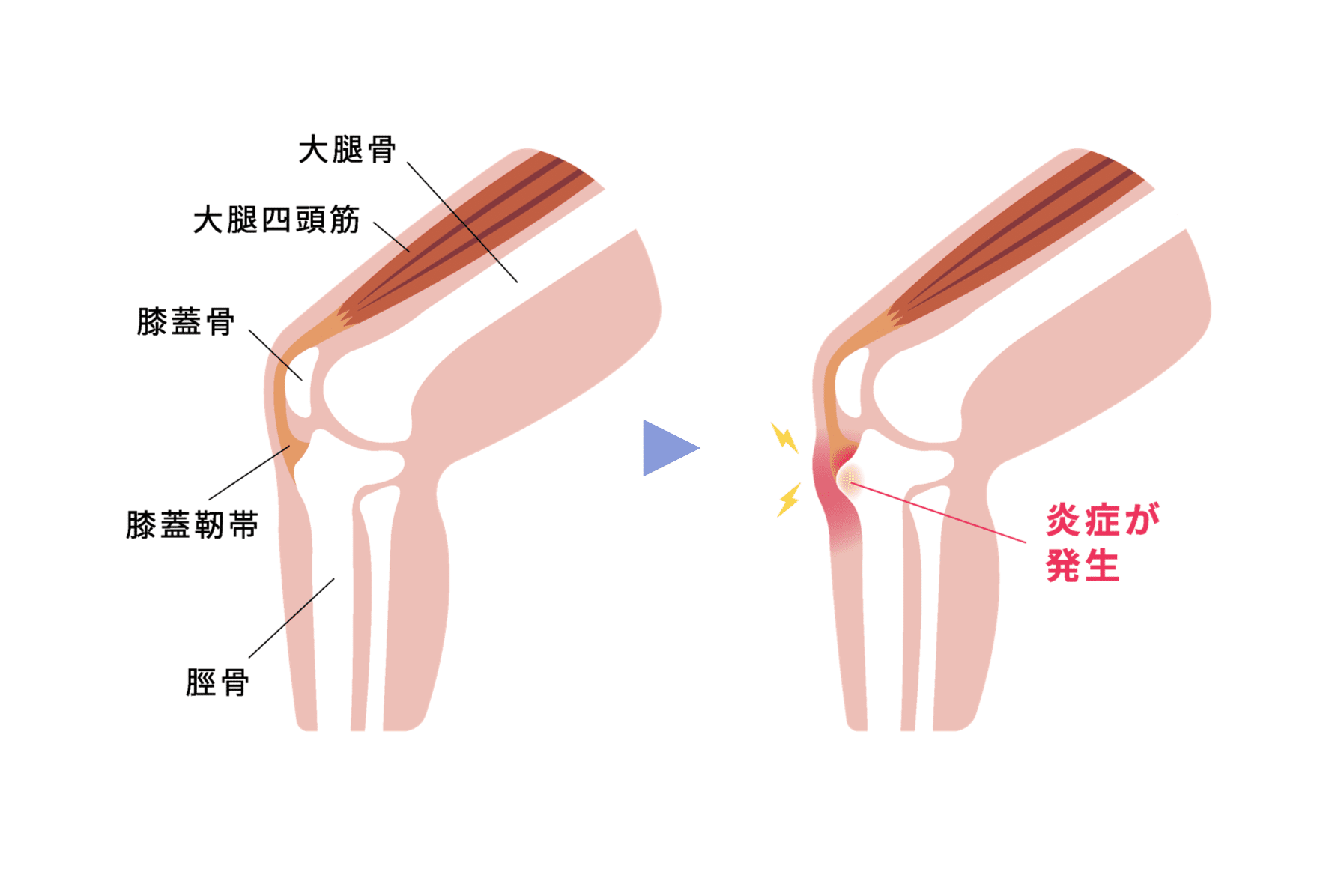
When a certain part of the quadriceps tendon becomes inflamed, it appears as pain, but this is just overuse of the muscle, so like muscle pain, the pain will naturally go away in about two weeks if you are using your toes correctly.
4. Mechanism of pain behind the knee
The gastrocnemius, the muscle behind the knee, is a hamstring muscle that is used even when standing. They are also easily fatigued, overburdened, and easily injured. Especially in sports that involve a lot of running and jumping, the back of the knee is stretched momentarily, which can cause a great deal of strain and pain.
When you have a bent or floating toe, you become "heel-weighted" to maintain balance. There are two cases: (1) when you stand with your knees bent, and (2) when you stand with your knees deflected. Standing with the knee deflected is called "recumbent knees".
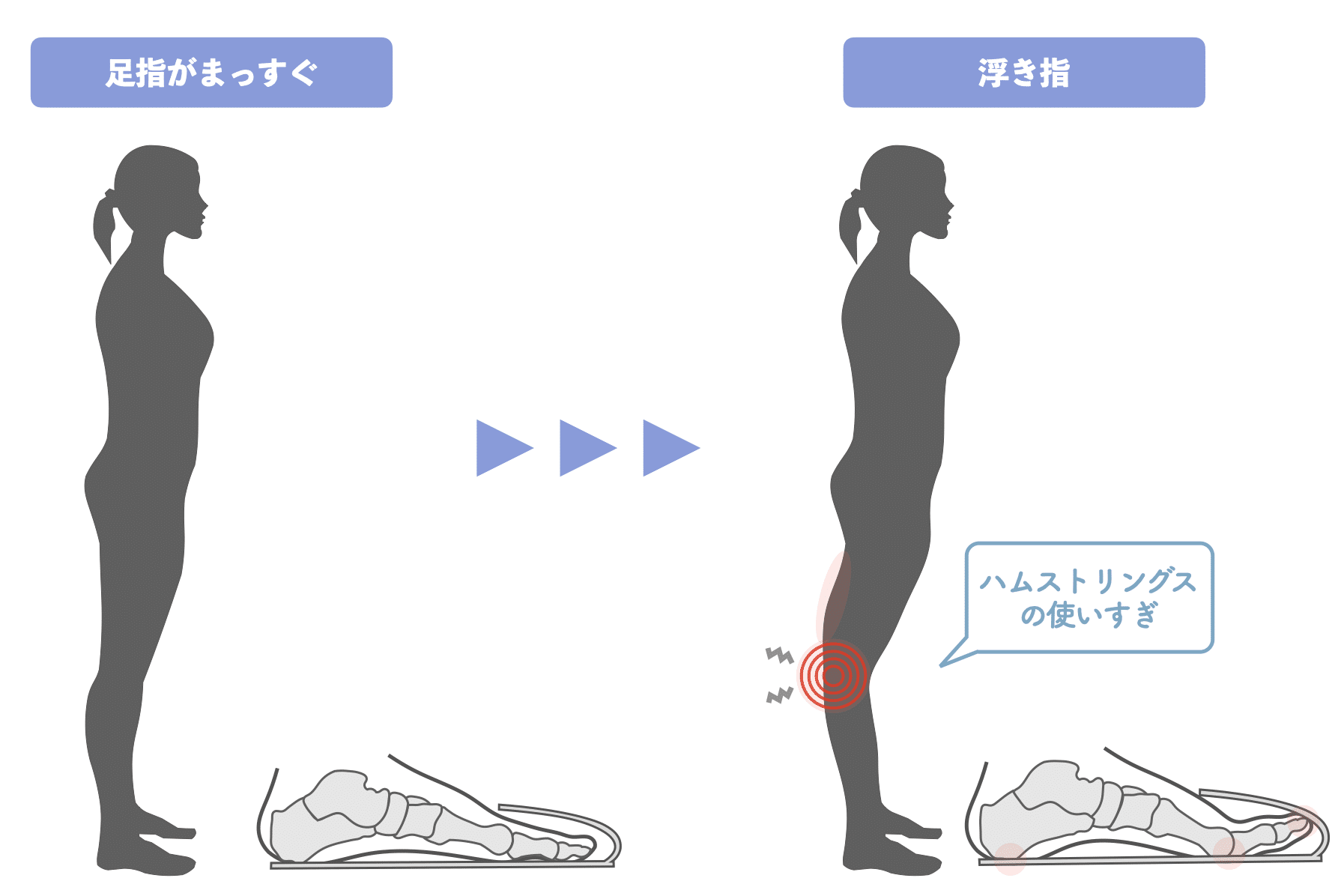
In some cases, standing with the knee deflected stretches the back of the knee more than necessary, causing pain, and in other cases, the force (homeostasis) to straighten the knee that has been deflected works to overuse the muscles behind the knee (hamstrings), causing inflammation. When a certain part of the hamstring (biceps femoris tendon, semimembranosus tendon, or semitendinosus tendon) becomes inflamed, it will appear as pain, but this is just an overuse of the muscle, and just like muscle pain, the pain will naturally go away in about two weeks if the correct toe is used.
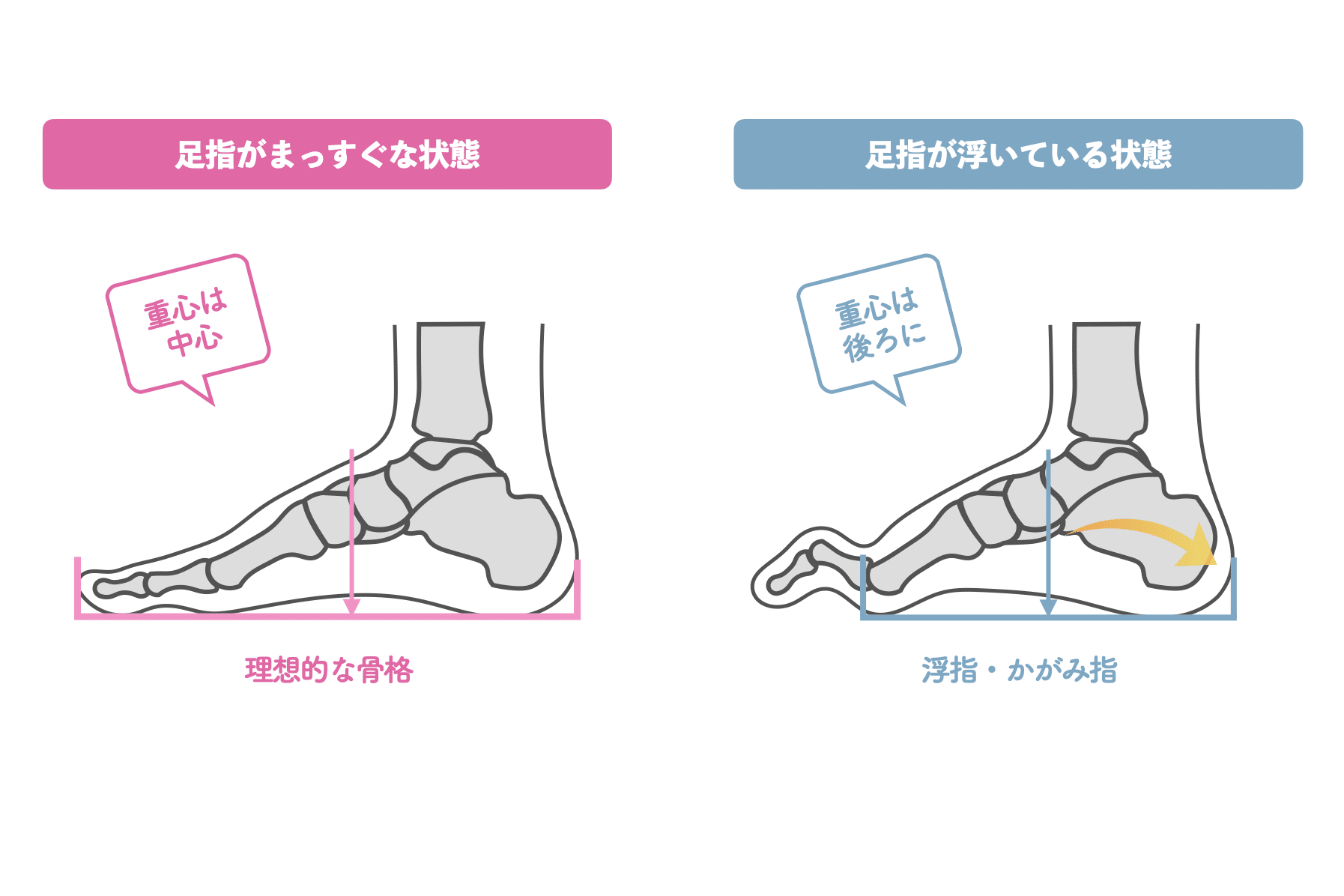
If the toes are well spread and extended, the ideal balance is 50% weight forward and 50% backward. However, with floating or bent toes, the ground contact area is reduced and weight is shifted to the heel.
In addition, how you wear your shoes can have a significant impact on inflammation of the muscles around the knee. Be especially careful if you wear the following types of shoes
Wearing slippers, sandals, or slippers indoors.
...and wearing shoes with loose laces.
Shoes with soft soles and heel supports (heel counters)
Shoes with too much cushioning
Wide width shoes
Shoes with uneven insoles
Wear socks made of slippery materials (cotton or silk)
Shoes without heels or shoes with heels that easily come off will cause the feet to slip inside the shoes and unconsciously exert force on the toes to prevent the shoes from coming off. If this condition continues for a long period of time, the toes become deformed.
What causes deformed toes?
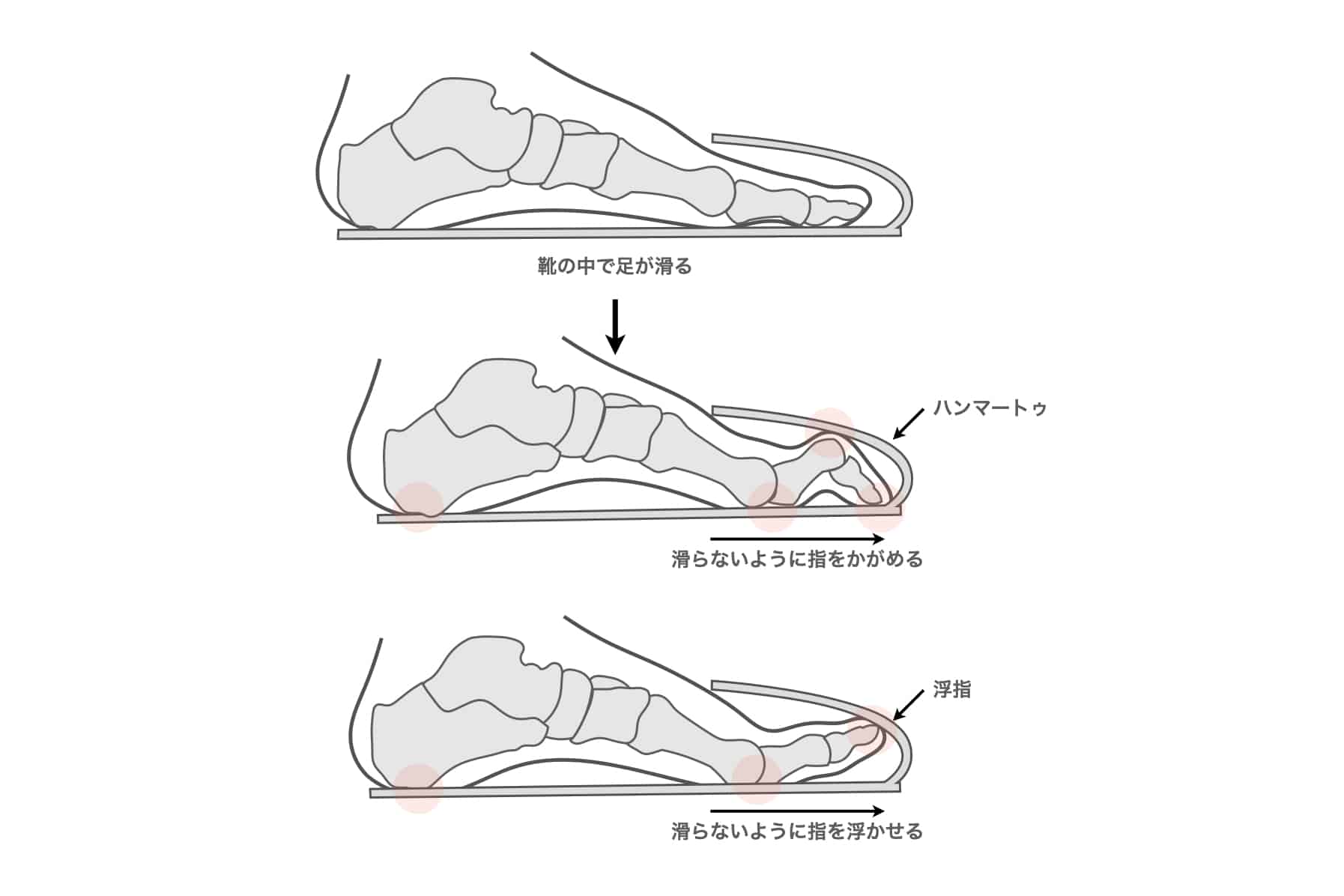
Most modern people have deformed toes due to the wrong choice of shoes and the way they wear them, and the foundation has collapsed. When the foot slips back and forth in shoes, the toes try to stop the slippage, resulting in hammertoes or floating toes. Socks and slippers can also cause the toes to bend.
In addition, the bones of the feet are straight, supported by many muscles, but most of the muscles are attached to the toes. Therefore, it is not well known in medical science that walking without functional use of the toes results in loss of muscle strength in the foot.
In regular tubular socks (tube socks), which are worn by most people around the world, 4g~9gf/㎠ of force is applied to the toes, causing pressure on the toes. Also, many cotton and silk socks have a silken finish, which makes the feet slip easily in shoes and socks. Socks that slip easily and put pressure on the toes can cause toe dysfunction, leading to bent or floating toes. Conversely, fugly tube socks cause the feet to slide around in the socks, leading to clasped or floating toes.
In other words, the best way to make knee pain better is not surgery or regenerative medicine. Although rehabilitation, massage, myofascial release, etc. performed in hospitals can temporarily relieve pain,Unless you treat the "toes" that make up your posture and the shape of your legs, you have nothing to show for it.You will find that
Examination and Diagnosis
When you visit a hospital for knee pain, you are generally diagnosed with osteoarthritis of the knee based on abnormalities found on imaging by x-ray or MRI. after the age of 40, the cartilage in the knee wears down somewhat, just like gray hair, so it is not surprising that an x-ray or MRI will show abnormalities. The following is a description of the examination and diagnosis of osteoarthritis of the knee.
X-ray examination (radiography) is used to observe the condition of the knee joint; X-rays are taken in a standing position. In the case of osteoarthritis of the knee, radiographs show subchondral bone sclerosis, in which the bone beneath the cartilage becomes hard, narrowing of the joint gap, and osteophytes, which are thorn-like bones.
In addition to X-rays (radiographs), MRI, joint fluid tests, and blood tests may be performed as needed.
Progression of osteoarthritis of the knee
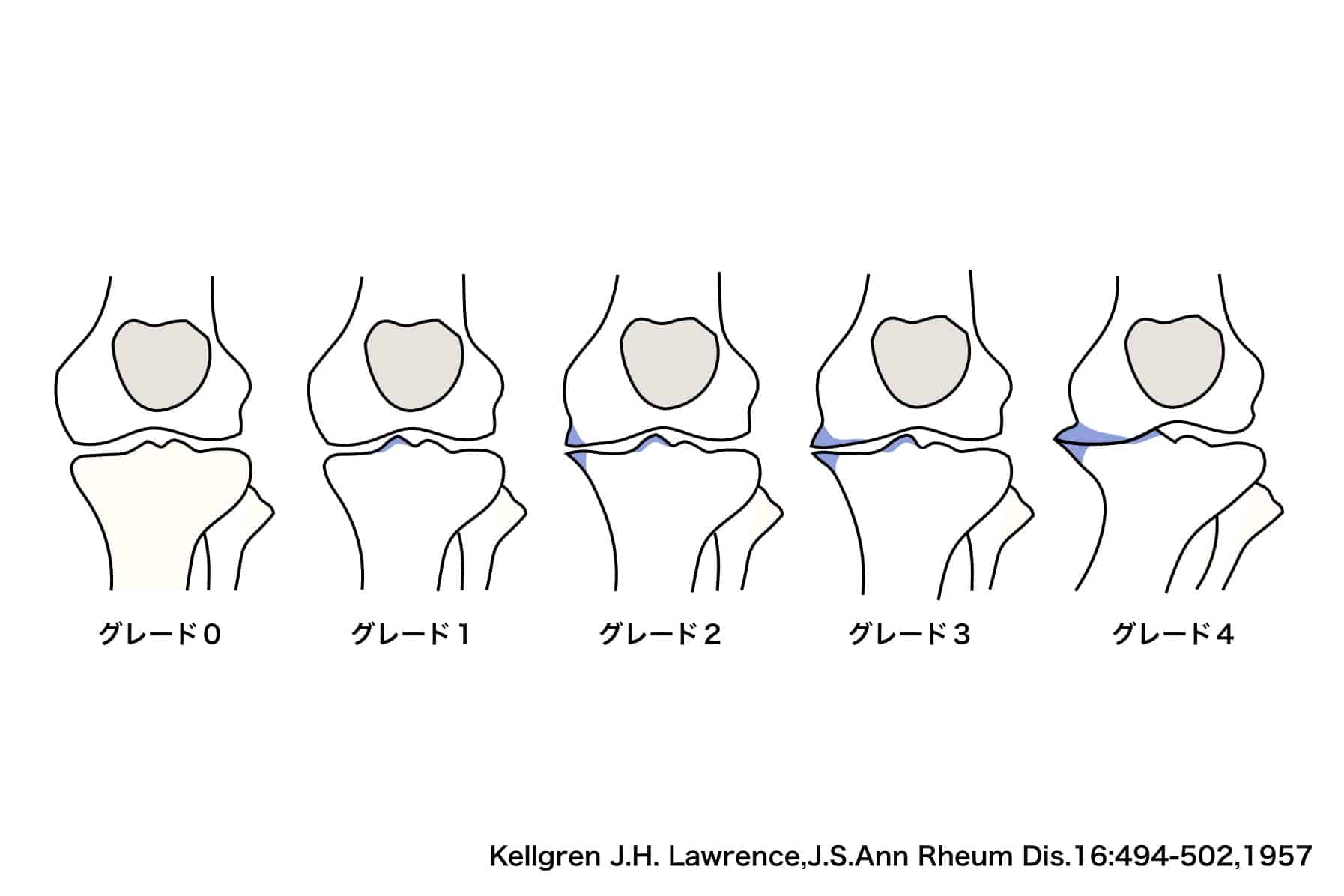
The diagnostic criteria used for osteoarthritis of the knee is the Kellgren-Lawrence (KL) classification based on radiographic imaging, which evaluates the severity of the disease in five grades based on osteophyte formation, narrowing of the joint gap, and subchondral bone sclerosis. Osteoarthritis of the knee (O-leg) is generally diagnosed when grade II or higher is reached.
Knee pain tends to occur over a wide area, mainly in the medial joint fissure and the popliteal fossa, and the more severe the KL classification, the more pain tends to occur, but the ROAD (Research on Osteoarthritis Against Disability) Study showed that the pain prevalence in the KL classification 3 or higher group was approximately 401 TP3T in men and 601 TP3T in women. The ROAD (Research on Osteoarthritis Against Disability) Study showed that the pain prevalence rate in the KL classification 3 or higher group was approximately 401 TP3T in men and 601 TP3T in women, indicating that higher severity does not necessarily mean more pain.
medical treatment
Treatment is mainly divided into "conservative therapy" and "surgical therapy. Regardless of the degree of progression of the disease, conservative therapy is the first step. However, if the pain does not decrease with conservative therapy and the disease interferes with daily life, surgical treatment may be considered.
Conservative therapy is based on "lifestyle guidance" and a combination of "diet," "exercise," "physical therapy," "medication," and "orthotic therapy.
In both cases, the primary goal is to relieve pain, not to cure it, so although there is a temporary effect in relieving pain, it keeps recurring.Self-care foot stretching is recommended to fundamentally resolve knee pain and prevent recurrence. Along with this, it is also important to choose the right shoes and the right socks to prevent the feet from slipping in the shoes.
self-care
I have seen many patients diagnosed with osteoarthritis of the knee. Most of them had severe pain in their knees, and the main symptoms were inability to walk for long periods of time, sit upright, or climb stairs. All of them were told that the only way to cure this pain was surgery, that they would have to endure it, or that they would have to live with the pain for the rest of their lives while using medication.
However, even such a person's pain disappeared after about two weeks of toe treatment, and he gradually became able to walk without a cane, gradually became able to sit upright, and recovered to the point where he could live a normal life without surgery. Some of them even regenerated their worn cartilage. Why does such a thing happen?
This is because we do not look only at the part of the knee that has become worse, but approach the "cause" of the problem. Knee pain has a root cause of "toe deformity," which can be sufficiently improved by self-care by strengthening the muscles in the feet.Foot stretching is one of the best treatments for knee pain.
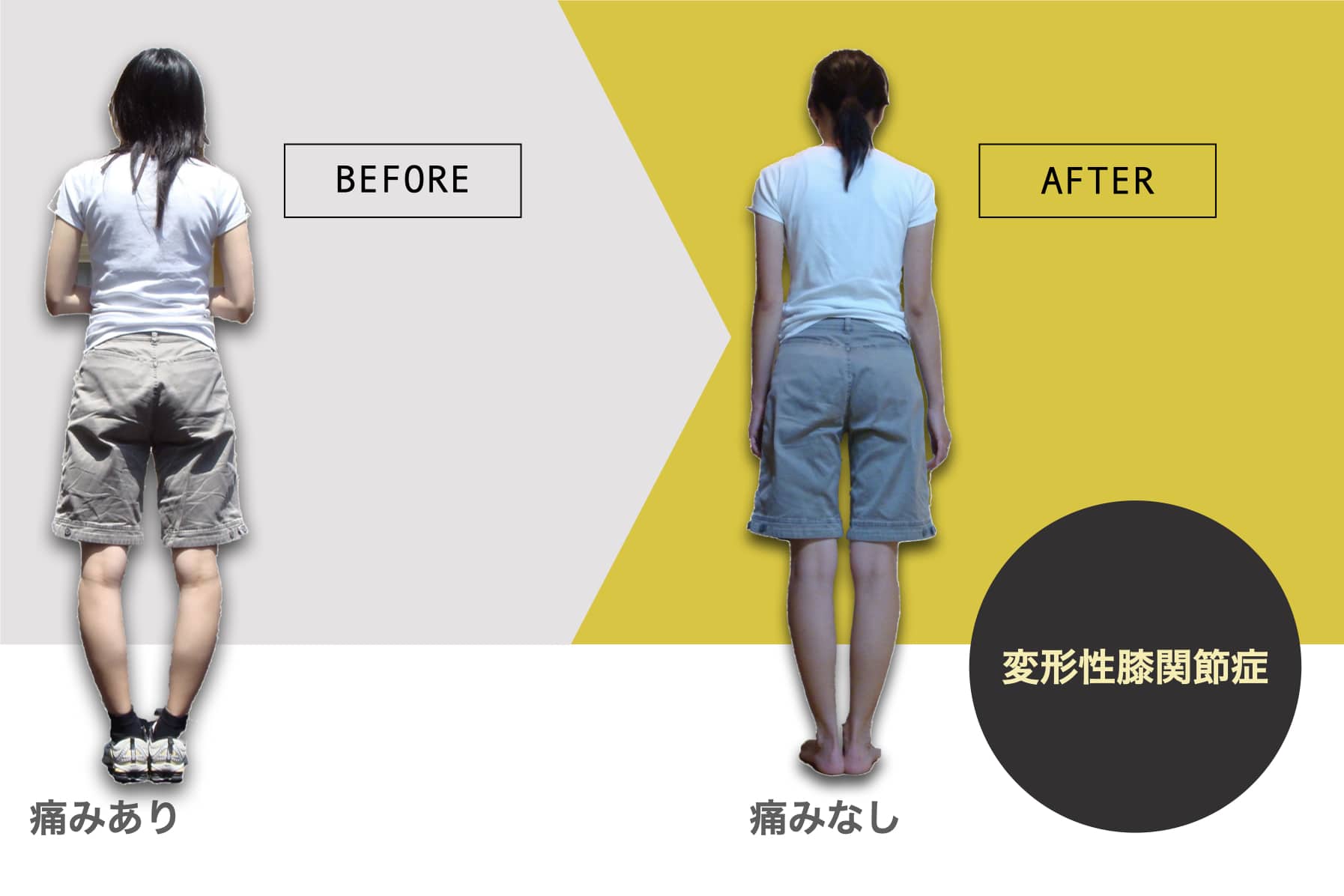
Hironoba Exercise, a toe stretching exercise to improve knee osteoarthritis
Try doing this once a day for 5 minutes; if you do not see any change in your symptoms after 2-3 days, we recommend increasing the number of times to 2-3 times a day. The goal is to be able to do the toe par for 30 seconds.
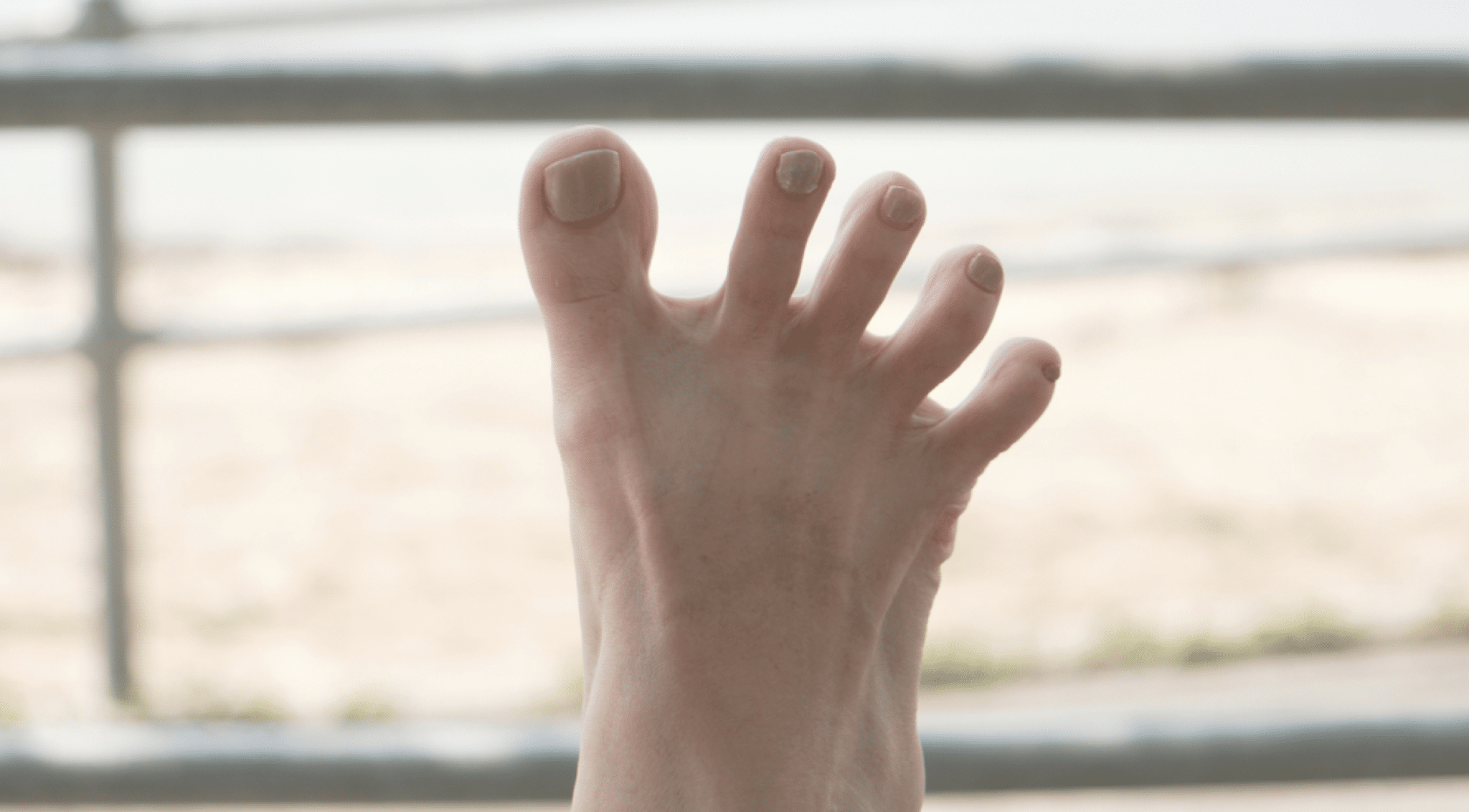
Corrective 5-finger socks for optimal knee pain support
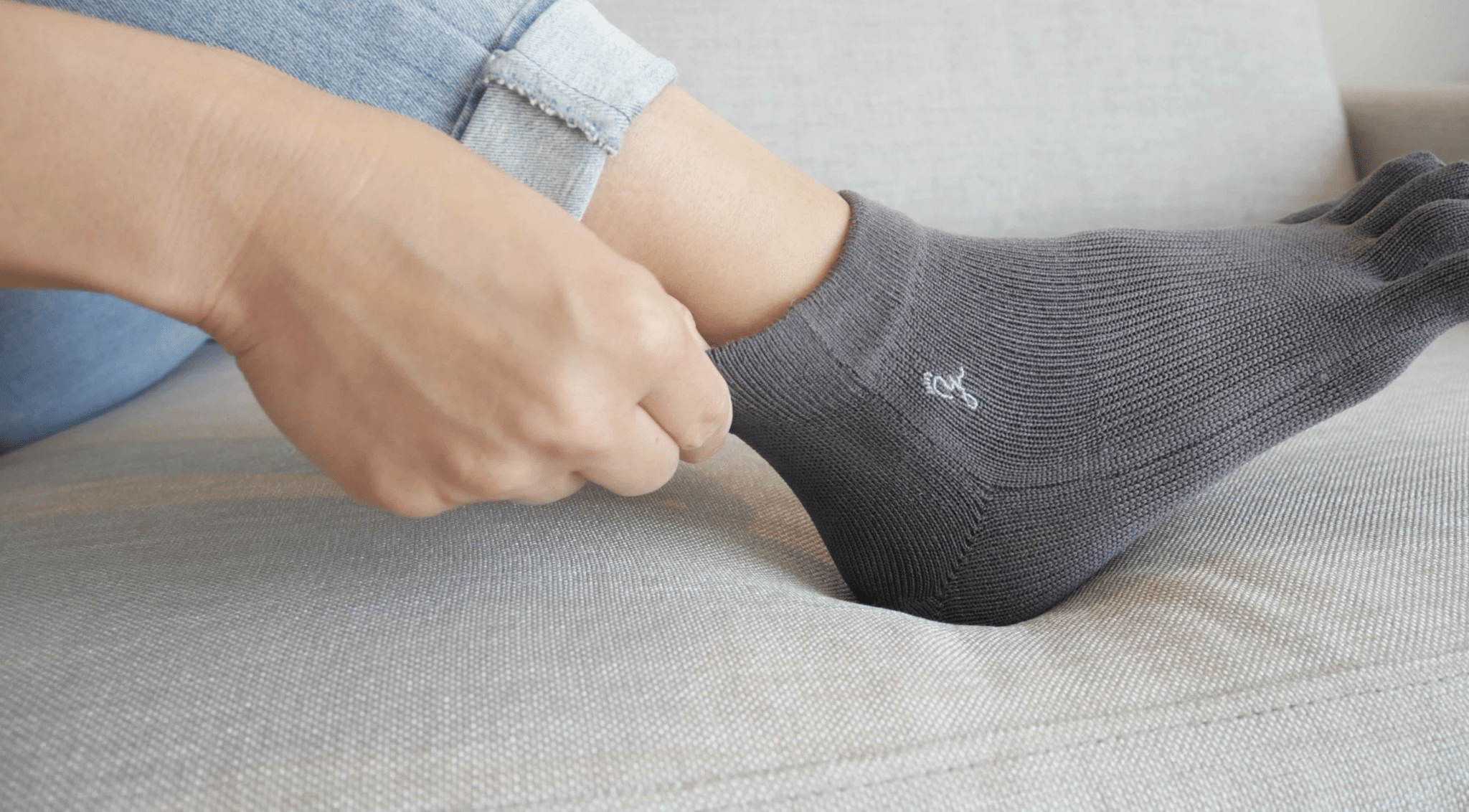
We have produced functional 5-finger socks made of cotton and silk and tried them on many patients in clinical settings, but we were unable to solve the problem of feet slipping in shoes and socks. Therefore, we spent two years working with a textile company to perfect the ideal fiber, and the corrective 5-toed socks "YOSHIRO SOCKS" were born.
Slip-resistant material" with up to 1.6 times greater slip resistance
→directional marker or indicatorFoot does not slip in shoes or socks, thus not interfering with toe function
→directional marker or indicatorSocks last 4 times longer because they are less prone to abrasion
Stretches up to twice as much and fits any foot shape
→directional marker or indicatorHas the ability to return the toes to their original shape by utilizing the elastic function.
Socks are 4 times more absorbent than 100% cotton socks and 6 times more absorbent than 100% polyester socks.
→directional marker or indicatorHighly deodorizing due to lack of steam
Structure that does not lift the arch too much
→directional marker or indicatorMaximize the natural function of the arch
The fibers are so thin that you can wear them as if you were barefoot.
・Effective in correcting foot, posture, and oral functions
prevention
By making small changes in daily life, such as toe stretching and wearing corrective five-toed socks (YOSHIRO SOCKS), you can maintain correct posture and improve inflammation of the muscles around the knee joint.
Walk with a small gait.
∙ Activities that involve the use of toes, such as walking up hills and stairs
. Avoid wearing footwear indoors.
Try to walk at least 6,000 steps a day.
Make sure the laces are tight.
...Avoid using ordered pillows and mats.
Choose the right shoes.
Use a shoehorn to put on your shoes.
Stretching the toes and wearing corrective five-toed socks (YOSHIRO SOCKS) will allow you to be active without thinking about reducing stress on your knees. Combining balance, agility, and coordination exercises with traditional toe exercises can help improve function and walking speed.
physical therapy
Rehabilitation in hospitals and clinics can delay deformity and reduce pain, though,He concludes that osteoarthritis and knee pain cannot be cured except by surgical therapy....... I recommend that you quit going to the hospital and use that time for toe stretching and small leg walking.
auxiliary equipment
The use of a cane or other equipment, orthotics or knee sleeves can assist with stability and function, although they are helpful when arthritis is concentrated on one side of the knee,Prolonged use weakens the muscles and ligaments around the knee joint....... It is also not recommended to put custom insoles in shoes to reduce knee pain.
How to choose the right shoes
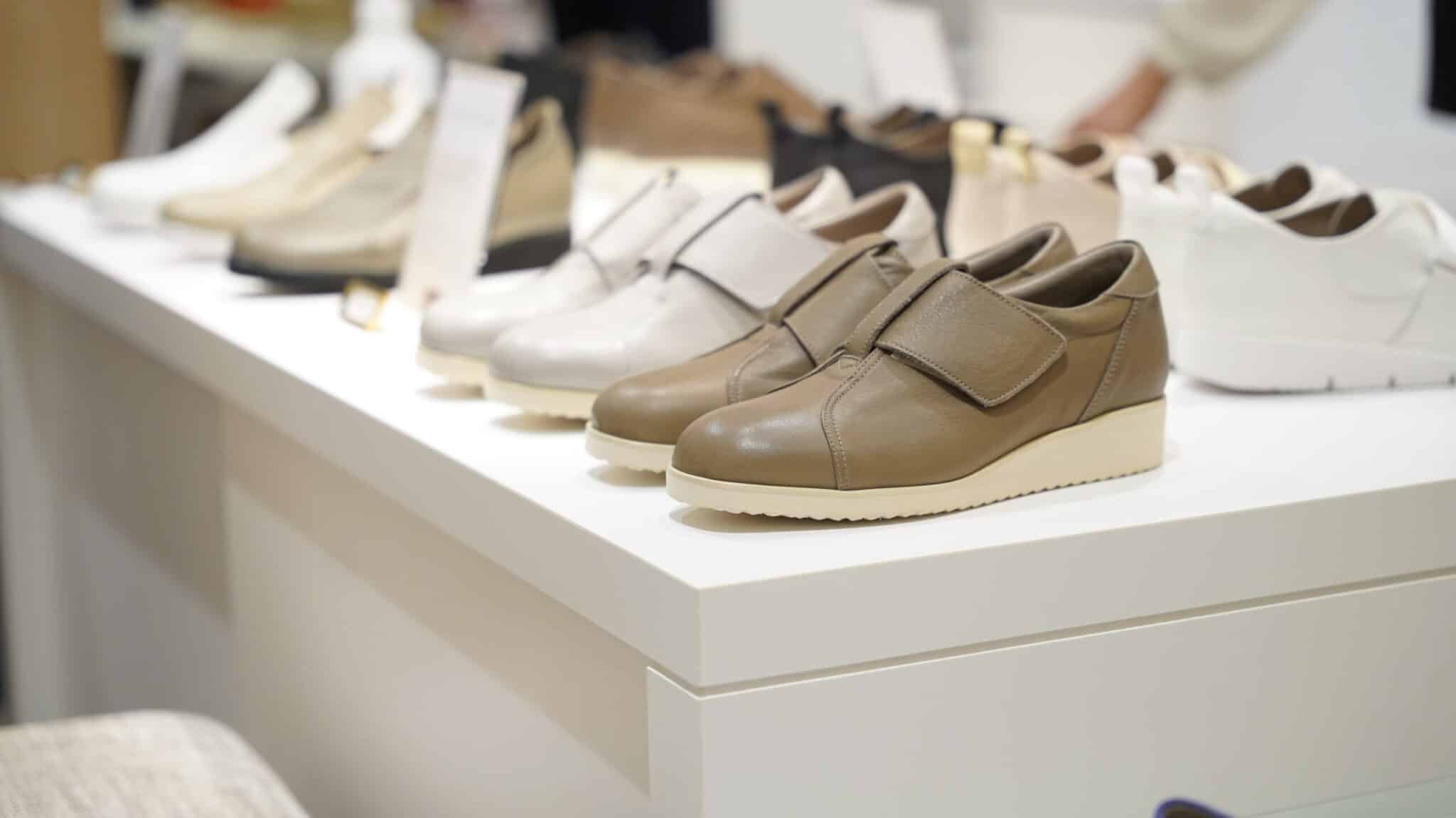
The most common cause of toe deformity is the choice of shoes and how they are worn.Many foot and back and other problems are caused by not using the toes properly. Choosing the right shoes is important to keep the toes moving while wearing shoes.
How to choose the right socks
Pure cotton and silk materials are slippery
There is a silken finish (or mercerization process). Silkette treatment is a process that gives silk-like luster to yarns, and involves soaking yarns in a caustic soda (sodium hydroxide) solution and stretching them like hand-pulled udon noodles to straighten the cross section of the yarns. It is overwhelmingly used mainly for cotton and silk fibers (cotton).
The cross-section of the cotton is aligned, coloration is improved, and fluff is suppressed when processed, giving it a luxurious appearance. It is smooth and slippery to wear, but as the words "smooth" and "slippery" suggest, it is easy for the feet to slip inside shoes and socks. In other words, it is a material that can easily cause deformation of the toes.
Of course, there are cotton and silk materials that are not silken, so choosing such materials is also an important factor in preventing knee pain.
Five-toed socks allow toes to function.
Common socks are also called tube socks, and most people around the world have this type of socks. It is a shape that has been used for many years, but the tube type makes it difficult to use the toes properly. For this reason, socks with five separate toes are better, but there are many different types of this type.
The most important thing is to make sure it fits your own feet just right.The socks should be worn with a soft, comfortable, and comfortable footwear. If the fingertips or instep area is loose, even a good 5-finger sock will "slip". On the other hand, 5-finger socks that fit too tightly and feel oppressive are not recommended, as they can impede blood circulation. It is important to find 5-toed socks that feel "comfortable" when you try them on.
There are more and more socks with corrective power, but when I tried them, I found that many of them press down more strongly than I expected. Particularly in the area of the arch of the foot.Supporting the arch is important, but arch structure is a property that can lose its function if it is lifted too stronglySo, be sure to choose an arch that is also not too oppressive.
When you take it off, you say, "Ha, that feels good!" then the pressure is too strong.This is the case.
story of one's experience
Mr. F began suffering from knee pain after a fall three years ago. He injured his right knee joint, and his doctor recommended surgery to insert an artificial joint. However, he had to give up the surgery because of his heart condition. So, once every three weeks, I improved the movement of my knee,I began to give hyaluronic acid injections to reduce the pain. However, the injections were only temporaryAfter three weeks, the effect wears off and the knee starts throbbing again.
I walked around the house by handrails and walls, and relied on a cane when I went out.He was unable to walk as much as he would like. Because I could not walk as much as I would like, my favorite outings gradually became less and less frequent. I continued to work until I was 73 years old, and after retirement, my wife and I enjoyed traveling abroad to many countries. I was also a janitor of a local "walking club," and I never thought I would lose my ability to walk.
Therefore, it was very difficult for me to stay still in the house all day long. I also underwent a brain scan because my fall had caused me to become unsteady. The result,I seem to have had a slight decline in cognitive function.I am sure that I can't remember much about those days. Indeed, when I try to recall now, I can't remember much about those days.
The hospital prescribed medication to slow the decline in memory and judgment, which I began taking.The following is a list of the most common problems with the
At the recommendation of his daughter, Mr. F visited me last October. I recommended "Toe Grasping (Hironoba Exercise)," which involves spreading and stretching her toes, and at first she had a hard time spreading her toes. So, it was difficult for him to put his fingers between his toes.
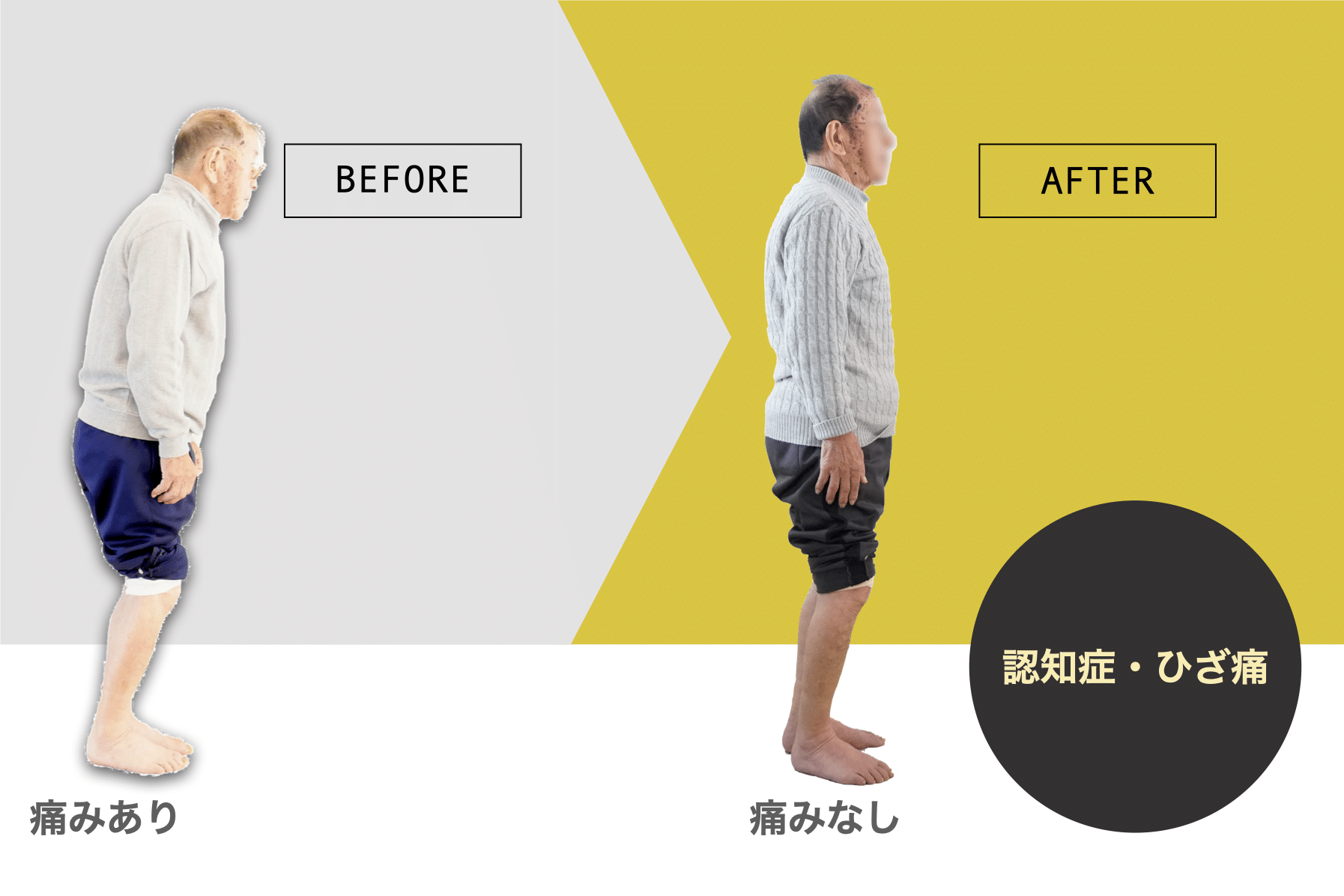
Nevertheless, after I asked him to do 5 minutes every day, after breakfast and before dinner, he gradually began to open his toes. And,After a month, the pain in my knee was lessened and I had more strength to stand!By the end of the year, my posture had improved. Before, my shoulders were rounded and my head was down, and I could not place the back of my head on the pillar. Now I can raise my head and place it on the pillar.
When he first visited me, his buttocks were floating about 10 cm when he tried to sit on the floor, but he was able to sit properly.
Start stretching your toes.Now, four months later, I can walk around the house without relying on handrails or walls.I am not sure what to do with the cane. When I go out, I bring a cane because I am anxious, but my stride has become wider and my walking speed has increased. I can now walk a distance of about 2 km without any problems. I am amazed at how much recovery is possible no matter how old we are. My current goal is to be able to walk without using a cane by summer.
He now goes to day care three times a week, takes domestic trips with his wife, and is enjoying his days being active again!The following is a list of the most common problems with the
Mr. F may be the most energetic person at the day care center.He was able to do math problems quickly and his cognitive function had improved.The first time we received this information, we were very pleased with the results. The daughter and care manager even reported to us that her dementia symptoms had disappeared.
Later, his wife (in her 80s), who had knee pain, also performed the Hironoba exercises, and it improved after about two weeks. At one time, both he and his wife were worried about being cared for, but now they enjoy occasional trips together.
Thus, you can change your body at any age. I encourage everyone to start stretching your toes today.
References
Functional Anatomy and Physical Therapy of Hallux Valgus. Yuasa, Keiro. Physical Therapy Vol.31 No.2 2014.2 P159-165
2. "Shift Your Toes and You'll Be Healthy" by Keiro Yuasa/author, PHP Kenkyujo, 2014.6
3. "Your back and hips will never get bent again in your life by grabbing your toes in just 5 minutes! Written by Keiro Yuasa, PHP Research Institute, 2021.6
4.Alrushud AS, Rushton AB, Bhogal G, Pressdee F, Greig CA. Effect of a combined programme of dietary restriction and physical activity on physical function and body composition of obese middle-aged and older adults with knee OA (DRPA): protocol for a feasibility study. BMJ Open. 2018 Dec 14;8(12):e 021051. [PMC free article] [PubMed]
5.Martel-Pelletier J, Maheu E, Pelletier JP, Alekseeva L, Mkinsi O, Branco J, Monod P, Planta F, Reginster JY, Rannou F. A new decision tree for diagnosis of osteoarthritis in primary care: international consensus of experts. Aging Clin Exp Res. 2019 Jan;31(1):19-30.PMC free article] [PubMed]
6.Aweid O, Haider Z, Saed A, Kalairajah Y. Treatment modalities for hip and knee osteoarthritis: A systematic review of safety. J Orthop Surg (Hong Kong). 2018 May-Aug;26(3):2309499018808669.[PubMed]
7.Bastick AN, Runhaar J, Belo JN, Bierma-Zeinstra SM. Prognostic factors for the progression of clinical osteoarthritis of the knee: a systematic review of observational studies. Arthritis Res Ther. 2015 Jun 08;17(1):152. [PMC free article] [PubMed]
8.Rivero-Santana A, Torrente-Jiménez RS, Perestelo-Pérez L, Torres-Castaño A, Ramos-García V, Bilbao A, Escobar A, Serrano-Aguilar P, Feijoo-Cid M. Effectiveness of a decision aid for patients with knee osteoarthritis: a randomized controlled trial. Osteoarthritis Cartilage. 2021 Sep;29(9):1265. -1274. [PubMed]
